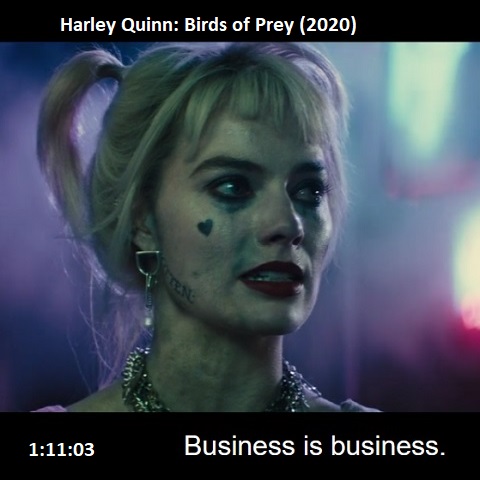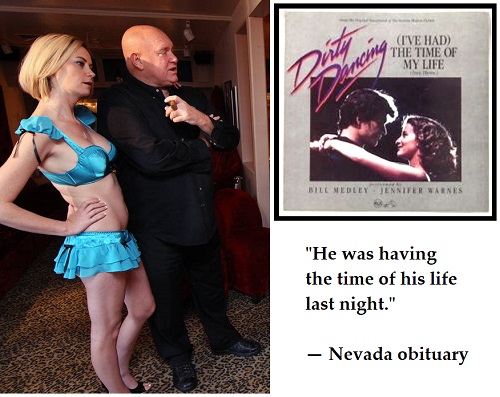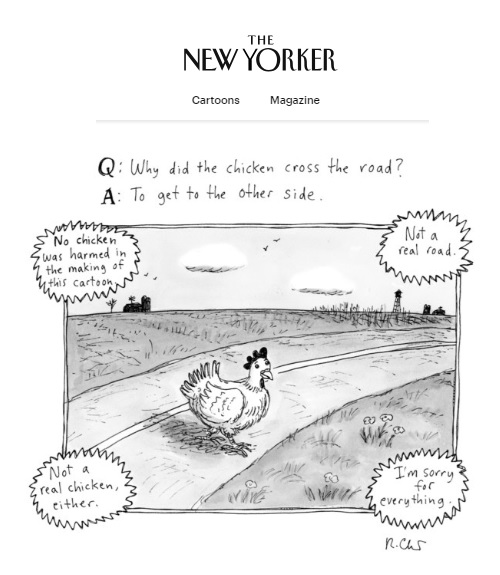|
From "The Phenomenology of Mathematical Beauty,"
by Gian-Carlo Rota —
The Lightbulb Mistake
. . . . Despite the fact that most proofs are long, and despite our need for extensive background, we think back to instances of appreciating mathematical beauty as if they had been perceived in a moment of bliss, in a sudden flash like a lightbulb suddenly being lit. The effort put into understanding the proof, the background material, the difficulties encountered in unraveling an intricate sequence of inferences fade and magically disappear the moment we become aware of the beauty of a theorem. The painful process of learning fades from memory, and only the flash of insight remains.
We would like mathematical beauty to consist of this flash; mathematical beauty should be appreciated with the instantaneousness of a lightbulb being lit. However, it would be an error to pretend that the appreciation of mathematical beauty is what we vaingloriously feel it should be, namely, an instantaneous flash. Yet this very denial of the truth occurs much too frequently.
The lightbulb mistake is often taken as a paradigm in teaching mathematics. Forgetful of our learning pains, we demand that our students display a flash of understanding with every argument we present. Worse yet, we mislead our students by trying to convince them that such flashes of understanding are the core of mathematical appreciation.
Attempts have been made to string together beautiful mathematical results and to present them in books bearing such attractive titles as The One Hundred Most Beautiful Theorems of Mathematics . Such anthologies are seldom found on a mathematician’s bookshelf. The beauty of a theorem is best observed when the theorem is presented as the crown jewel within the context of a theory. But when mathematical theorems from disparate areas are strung together and presented as “pearls,” they are likely to be appreciated only by those who are already familiar with them.
The Concept of Mathematical Beauty
The lightbulb mistake is our clue to understanding the hidden sense of mathematical beauty. The stark contrast between the effort required for the appreciation of mathematical beauty and the imaginary view mathematicians cherish of a flashlike perception of beauty is the Leitfaden that leads us to discover what mathematical beauty is.
Mathematicians are concerned with the truth. In mathematics, however, there is an ambiguity in the use of the word “truth.” This ambiguity can be observed whenever mathematicians claim that beauty is the raison d’être of mathematics, or that mathematical beauty is what gives mathematics a unique standing among the sciences. These claims are as old as mathematics and lead us to suspect that mathematical truth and mathematical beauty may be related.
Mathematical beauty and mathematical truth share one important property. Neither of them admits degrees. Mathematicians are annoyed by the graded truth they observe in other sciences.
Mathematicians ask “What is this good for?” when they are puzzled by some mathematical assertion, not because they are unable to follow the proof or the applications. Quite the contrary. Mathematicians have been able to verify its truth in the logical sense of the term, but something is still missing. The mathematician who is baffled and asks “What is this good for?” is missing the sense of the statement that has been verified to be true. Verification alone does not give us a clue as to the role of a statement within the theory; it does not explain the relevance of the statement. In short, the logical truth of a statement does not enlighten us as to the sense of the statement. Enlightenment , not truth, is what the mathematician seeks when asking, “What is this good for?” Enlightenment is a feature of mathematics about which very little has been written.
The property of being enlightening is objectively attributed to certain mathematical statements and denied to others. Whether a mathematical statement is enlightening or not may be the subject of discussion among mathematicians. Every teacher of mathematics knows that students will not learn by merely grasping the formal truth of a statement. Students must be given some enlightenment as to the sense of the statement or they will quit. Enlightenment is a quality of mathematical statements that one sometimes gets and sometimes misses, like truth. A mathematical theorem may be enlightening or not, just as it may be true or false.
If the statements of mathematics were formally true but in no way enlightening, mathematics would be a curious game played by weird people. Enlightenment is what keeps the mathematical enterprise alive and what gives mathematics a high standing among scientific disciplines.
Mathematics seldom explicitly acknowledges the phenomenon of enlightenment for at least two reasons. First, unlike truth, enlightenment is not easily formalized. Second, enlightenment admits degrees: some statements are more enlightening than others. Mathematicians dislike concepts admitting degrees and will go to any length to deny the logical role of any such concept. Mathematical beauty is the expression mathematicians have invented in order to admit obliquely the phenomenon of enlightenment while avoiding acknowledgment of the fuzziness of this phenomenon. They say that a theorem is beautiful when they mean to say that the theorem is enlightening. We acknowledge a theorem’s beauty when we see how the theorem “fits” in its place, how it sheds light around itself, like Lichtung — a clearing in the woods. We say that a proof is beautiful when it gives away the secret of the theorem, when it leads us to perceive the inevitability of the statement being proved. The term “mathematical beauty,” together with the lightbulb mistake, is a trick mathematicians have devised to avoid facing up to the messy phenomenon of enlightenment. The comfortable one-shot idea of mathematical beauty saves us from having to deal with a concept that comes in degrees. Talk of mathematical beauty is a cop-out to avoid confronting enlightenment, a cop-out intended to keep our description of mathematics as close as possible to the description of a mechanism. This cop-out is one step in a cherished activity of mathematicians, that of building a perfect world immune to the messiness of the ordinary world, a world where what we think should be true turns out to be true, a world that is free from the disappointments, ambiguities, and failures of that other world in which we live.
|































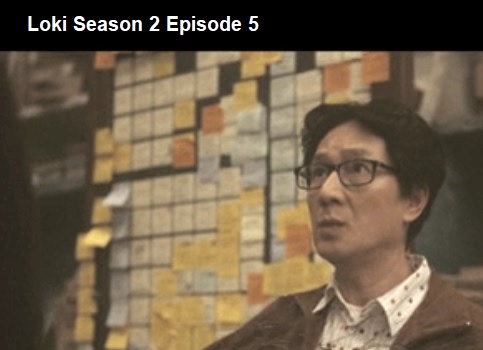




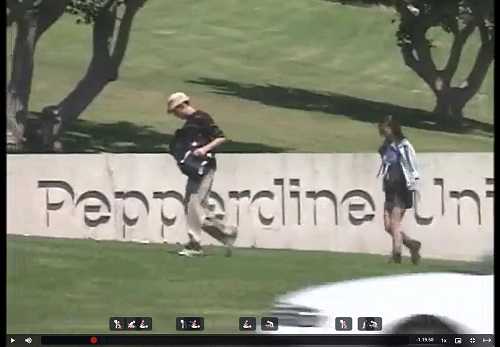
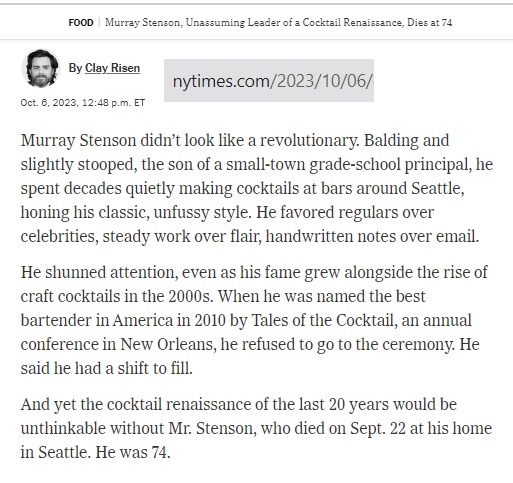













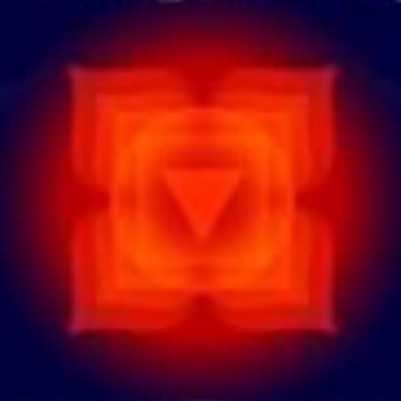




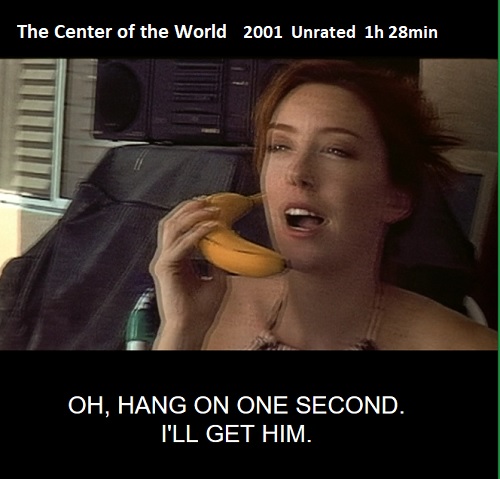



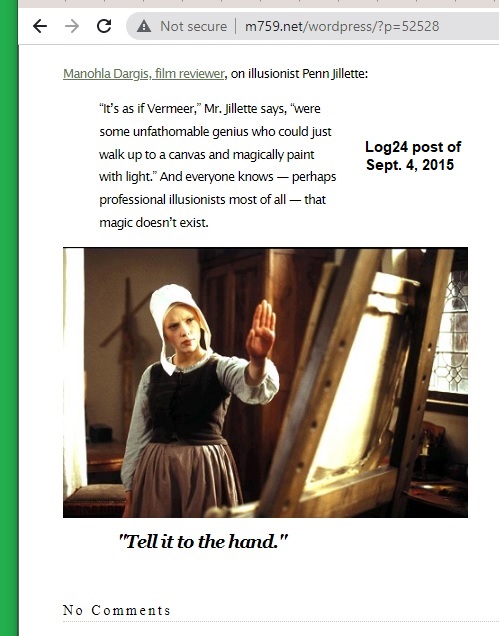





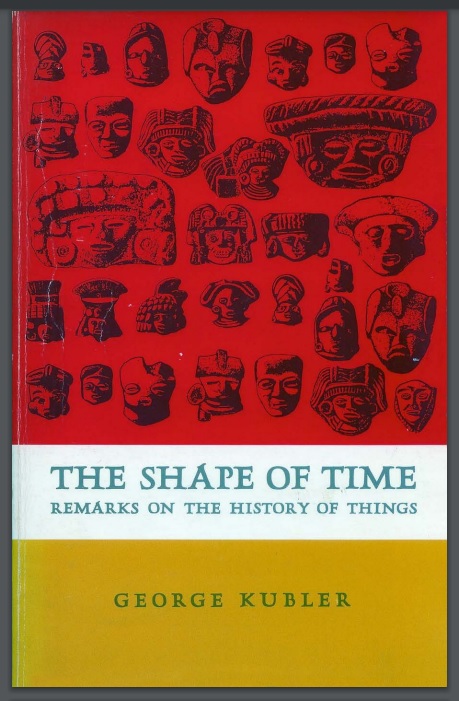













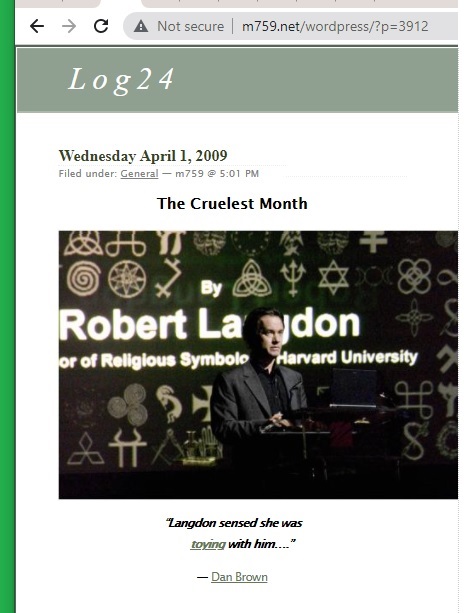














 .
.